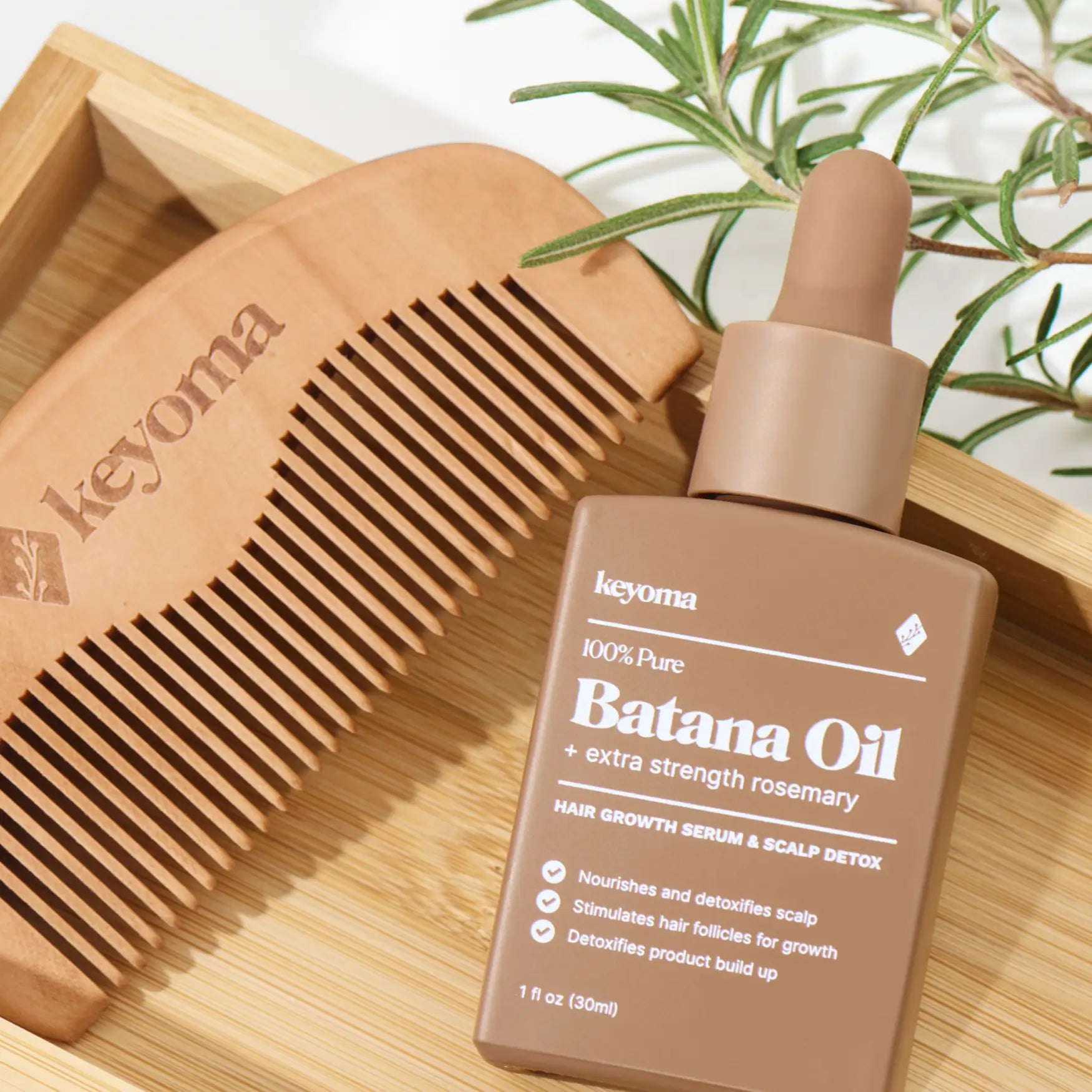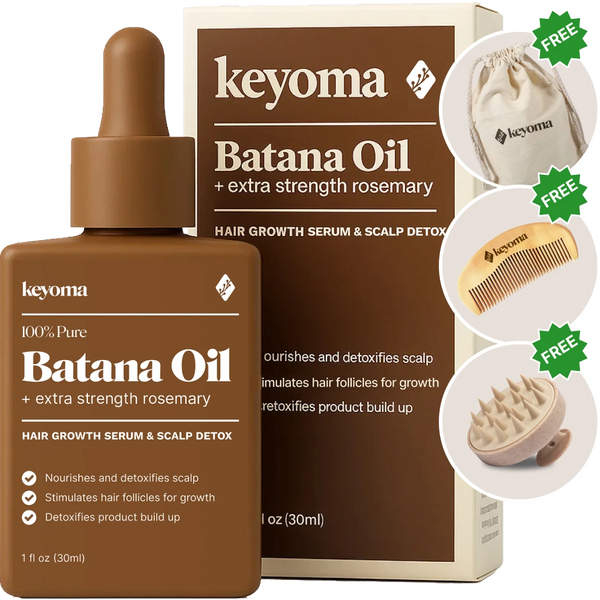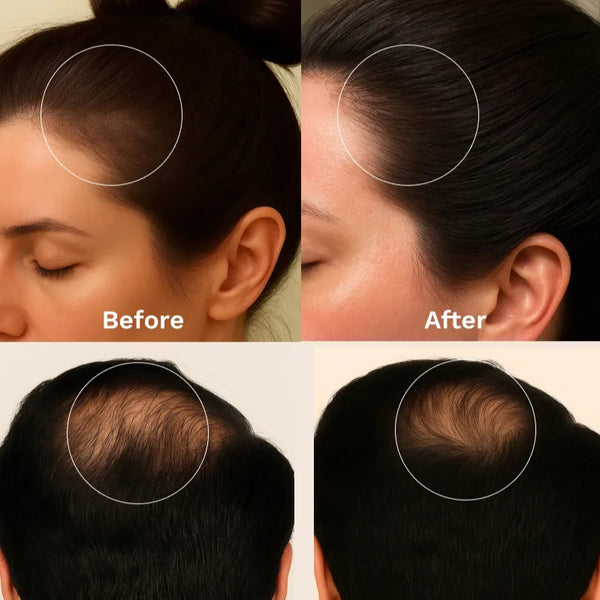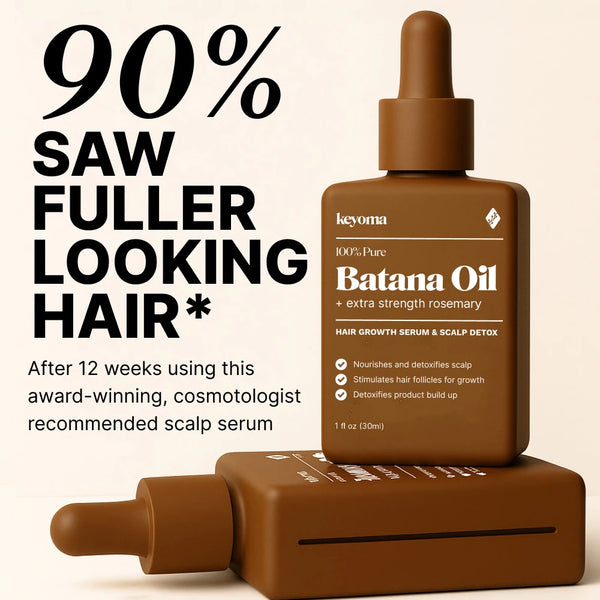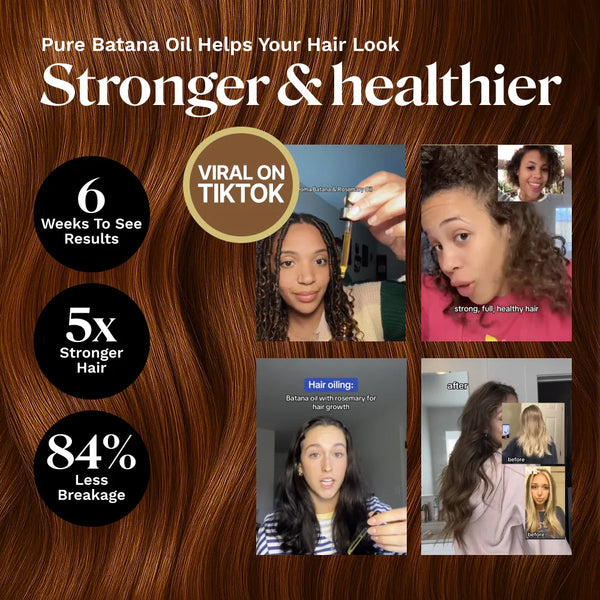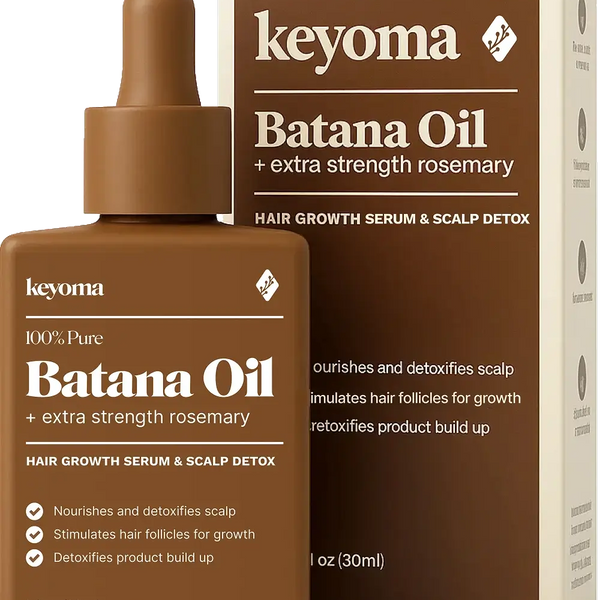In this article
You want thicker, steadier hair growth without wasting time or money. Fair. The fastest way to get there is to match the treatment to the cause and your goals. That starts with a real diagnosis. Dermatologists emphasize this because “hair loss” is not one thing. It can be genetic, inflammatory, hormonal, scarring, or a mix.
When you know the why, you can choose a plan that actually fits. In this guide, you will see where home remedies shine, where medical options pull ahead, and how to combine them without overcomplicating your routine.
Key Takeaways
-
Effective regrowth depends on diagnosis, and home care supports while medical treatments show stronger evidence.
-
Home options include oils, massage, caffeine shampoos, pumpkin seed oil supplements, with slow results.
-
Clinical treatments include minoxidil, finasteride, microneedling, LLLT, PRP, transplant, and European labeling warns of suicidal ideation.
-
Choose home care for mild thinning, and progressive, patchy, or longstanding loss warrants medical evaluation.
Natural vs Medical Hair Regrowth Methods
Here is the honest split. Medical treatments like minoxidil, finasteride, microneedling, low-level light therapy, PRP, and transplant have controlled studies behind them. Home options like scalp massage, plant oils, and caffeine shampoos are mostly supportive.
They improve hair feel, reduce breakage, and sometimes move the needle on density, but averages are smaller and slower compared with medicines and procedures. That does not make them useless. It means you should set expectations and use each tool for what it does best.
What Counts as “Home Remedies”
At home, you are focusing on comfort, fiber protection, and gentle stimulation. Think light oils, massage, caffeine shampoos, and day-to-day hair care that limits damage. Results take weeks to months. If your loss is progressive or patchy, you still want a diagnosis so you do not miss a condition that needs medical care.

Batana Oil
Batana oil comes from palm fruit. It is naturally rich in oleic acid, which gives it that buttery slip you feel when you warm a drop between your hands. That texture can soften rough ends and calm a dry scalp.
What it does not have yet are quality clinical trials for regrowth. So use batana as a deep conditioner or finisher, not as your only growth plan. If your hair is fine or easily weighed down, micro-dose on the last inch or two and keep it off the roots.
Rosemary Oil
Rosemary oil gets attention for a reason. In a six-month randomized trial, rosemary oil performed similarly to 2% minoxidil for male pattern hair loss.
The improvements appeared around the 24-week mark. If you want to try it, patch test first and use a few drops diluted in a carrier oil to lower irritation risk. Expect gradual change.
Scalp Massage
Four minutes a day can help. A standardized daily scalp massage increased average hair shaft thickness after 24 weeks in a small human study.
The effect was modest, but it matched what many people report when they commit to a daily routine. Keep pressure light, use your fingertips, and treat it like teeth brushing for your scalp.
Pumpkin Seed Oil (Oral)
Pumpkin seed oil is one of the better studied supplements. In a 24-week randomized, double-blind trial in men, the pumpkin seed oil group showed a mean hair count increase of 40% versus 10% with placebo.
That is a big spread for a supplement. As always, check with your clinician if you have medical conditions or take other medications.
Caffeine Shampoos
Caffeine can penetrate follicles and may help reduce shedding when used in leave-on or frequent-use formulas.
Clinical studies report improvements in density and patient ratings, although many trials are small or open-label, and more rigorous research is still needed. If you switch, give it a consistent three months before you judge.
Pros of Home Remedies
-
Low friction. Easy to start, low cost, and simple to keep up day to day.
-
Better feel and breakage control. Oils can protect the fiber, and smart care reduces mechanical wear when you comb and style.
-
Good companions. You can layer home care with medical treatments to boost comfort and hair quality.
Cons of Home Remedies
-
Evidence varies. Some options have data, others have mostly anecdotes.
-
Skin reactions happen. Essential oils can irritate if used neat or too often.
-
Slower payoff. Visible change tends to show after months, and improvements are often modest.
What Counts as “Clinical Treatments”
Clinical options include minoxidil, finasteride or dutasteride in selected patients, microneedling, low-level light therapy, platelet-rich plasma, and hair transplant. These come with stronger evidence and clearer timelines. Some need medical oversight. A few are devices you can use at home. Your plan should be guided by your diagnosis and risk tolerance.

Minoxidil (Topical)
Topical minoxidil is the day-one medicine for most pattern hair loss. You apply it once or twice daily. Results build slowly over months, and you need to keep using it to maintain gains.
If the liquid irritates, the foam base may be gentler. Many people combine minoxidil with other therapies for a stronger effect.
Low-Dose Oral Minoxidil
If you cannot tolerate topical minoxidil, or you want a single daily step, low-dose oral minoxidil is an option that dermatologists now use off-label. Reviews suggest daily doses from 0.25 to 5 mg can improve density with a safety profile that is acceptable when monitored.
Expect gradual results, and have a conversation about side effects like ankle swelling or increased body hair.
Finasteride or Dutasteride
Finasteride blocks the enzyme that converts testosterone to DHT, which drives follicle miniaturization in male pattern hair loss. It works well for many men.
In May 2025, the European Medicines Agency confirmed suicidal ideation as a side effect of finasteride and introduced extra risk-minimization steps in Europe.
That does not mean everyone will experience it, but it does mean you should weigh benefits and risks with your clinician, report mood changes quickly, and use contraception guidance where appropriate.
Microneedling (Add-On)
Adding weekly microneedling to 5% minoxidil beat minoxidil alone in a randomized study. A later trial also found higher hair counts and better patient satisfaction with the combo. Your clinician can do in-office sessions, or you can use a home device if they say it is appropriate. Be consistent and keep it clean.
Low-Level Light Therapy (LLLT)
Red or near-infrared light devices have randomized, sham-controlled trials behind them. Meta-analysis shows increased hair density compared with sham. FDA-cleared caps and combs are widely available. Use schedules are usually several times per week for months. Think steady, not instant.
Platelet-Rich Plasma (PRP)
PRP uses your own platelets, injected into the scalp to stimulate follicles. Systematic reviews and meta-analyses report density gains at 3 to 6 months, though protocols vary and standardization is still evolving. It is often used as part of a combo plan with minoxidil or microneedling.
Hair Transplant
Transplant relocates hair from the back or sides to thinning areas. In the right candidate with adequate donor supply, it can deliver natural coverage that lasts. It is surgery, which means cost and recovery.
The NHS lists risks like bleeding, infection, and scarring, plus the possibility that some grafts do not take. A qualified surgeon will walk you through candidacy, design, and aftercare.
Pros of Clinical Treatments
-
Stronger evidence. Many options have randomized trials and meta-analyses.
-
Bigger averages. On population level, density gains tend to be higher and more consistent than with home care alone.
-
Durable coverage with transplant. When donor supply is good and expectations are realistic, results can hold for years.
Cons of Clinical Treatments
-
Cost and access. Office procedures and devices add up.
-
Monitoring and side effects. Medicines can cause unwanted effects, and some require lab or symptom checks. Recent EU safety updates added suicidal thoughts to finasteride labeling, which calls for careful counseling.
-
Time investment. Most treatments still need months and steady use.
When To Choose Home vs Clinical Paths
Use this quick decision map.
-
Early, mild thinning with healthy scalp. Start home care now. Add daily massage, a caffeine shampoo, and a light oil routine that keeps hair flexible. If you want medical momentum, layer topical minoxidil. Reassess at three to six months.
-
Progressive recession or widening part. Book a dermatology visit and consider proven treatments like minoxidil, LDOM, or LLLT. Add microneedling or PRP if you want a combination approach. Keep home care for comfort and breakage control.
-
Patchy loss, scarring, pain, itching, or rapid shedding. See a dermatologist promptly. Some conditions need prescriptions to calm inflammation or immune activity. Do not self-treat patches for months while you wait.
-
Long-standing loss with minimal coverage on top. Ask about transplant candidacy. A surgeon can map donor supply and sketch a realistic design. Use medical therapy to protect remaining native hair.
Match Treatments to Diagnosis Today With Keyoma
If you take one thing from this, take this: match the tool to the job. Use home care to protect and condition, and use medical treatments to regrow and preserve.
Start simple, stay consistent, and check in with a dermatologist when the pattern is unclear or the pace of loss worries you. Your plan does not need to be perfect. It needs to be doable. That is how you get from “maybe” to measurable change, one wash day at a time.
Featured Product
100% Pure Batana Oil + Rosemary
↓Best Batana Oil to Buy↓
1 Month
Subscribe & Save
- 30-day supply delivered monthly $35
- 30% off for life $6
- Free haircare essentials kit $33
- Free custom wooden comb $10
- Free scalp massager $15
- Free eco-friendly travel bag $8
- 30-Day Money Back Guarantee
- Free Shipping
- Online portal for easy cancel, skip, or pause.
1 Month One Time Purchase
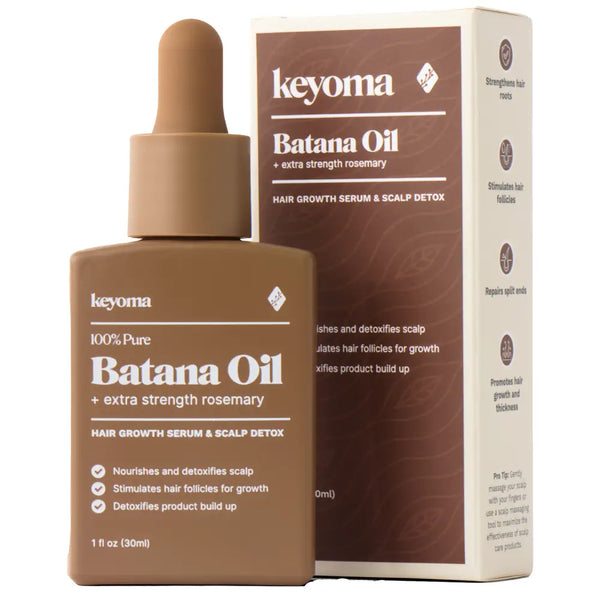
- 30-day supply $50
- 30% off for life $6
- Free haircare essentials kit $33
- Free custom wooden comb $10
- Free scalp massager $15
- Free eco-friendly travel bag $8
Your Cart
Your Cart is empty
Let's fix that
You might like...
Search our store


